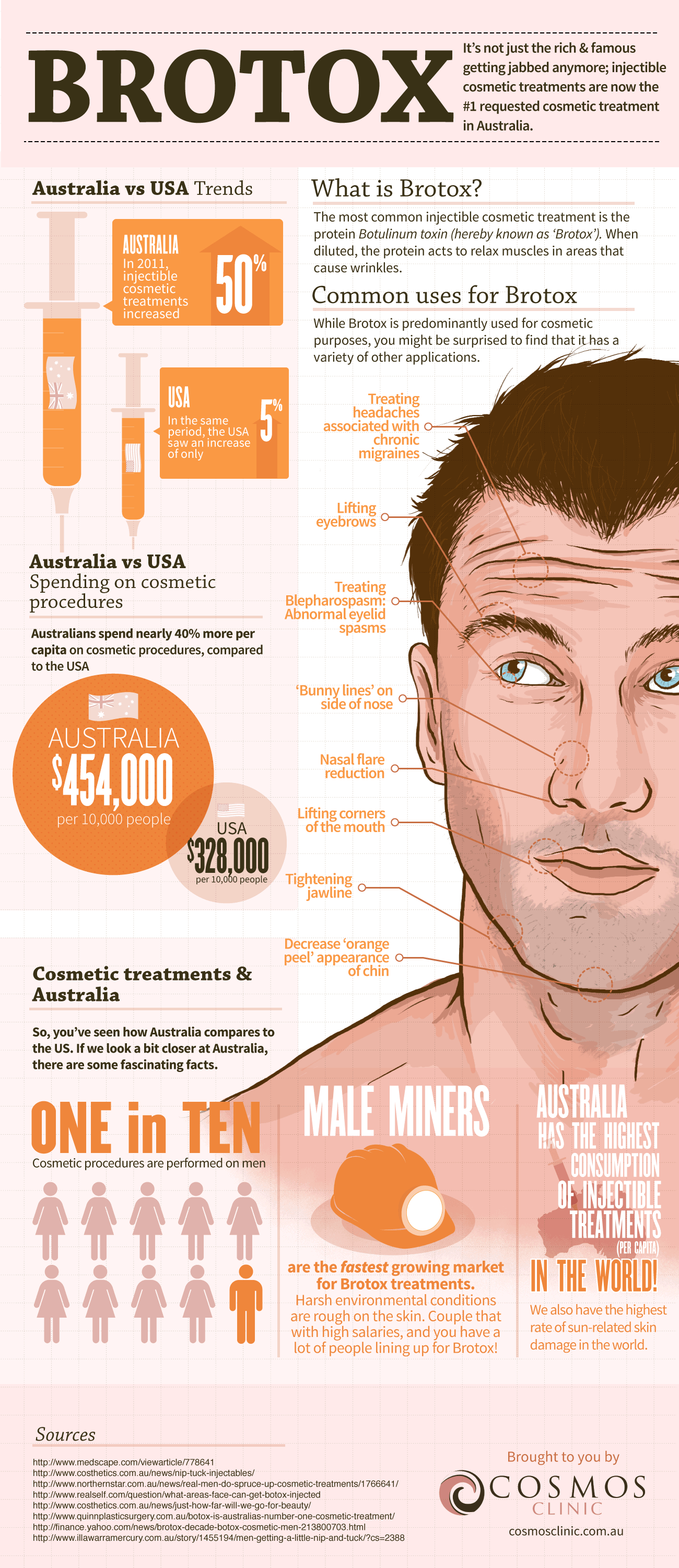How To Prevent Acne As An Adult
How To Prevent Acne As An Adult
Blog Article
Hormonal Acne - What is Hormone Acne?
Hormone acne is characterized by clogged pores and oily skin that commonly appears on the chin and jawline. It happens when hormonal adjustments set off inflammation and microbial overgrowth within hair follicles.
Breakouts may appear as whiteheads, blackheads, papules or pustules and cysts or nodules in much more serious situations. It is a lot more typical in teenagers experiencing the age of puberty yet can influence grownups of any kind of age.
What Creates Hormone Acne?
While acne can be brought on by a selection of variables, consisting of making use of hair and skin treatment items that aren't oil-free or made with components that might block pores, hereditary tendency, diet plan,2 and anxiety, the source is varying hormones. Hormonal acne happens when the body experiences hormonal changes and fluctuations that lead to an overproduction of sebum, which causes swelling, boosted development of germs and modifications in skin cell activity.
Hormonal acne is frequently found on the lower jawline, cheeks and neck but can show up anywhere on the body. It is identified by imperfections that are cystic, agonizing and loaded with pus or various other material. It is also more likely to occur in females than guys, particularly during puberty, the menstruation, maternity or menopause.
Age
While lots of youngsters experience acne eventually during the age of puberty, it can remain to pester adults well into adulthood. Called hormone acne, this type of breakout is tied to variations in hormonal agents and is usually most typical in women.
Hormone acne takes place when oil glands create too much sebum, which clogs pores and catches dead skin cells. This causes the formation of imperfections, such as whiteheads, blackheads and papules, pustules, cysts or blemishes, deep under the surface.
This type of imperfection commonly triggers pain, soreness and swelling. It may also be intermittent and appear around the same time every month, such as right prior to your period begins. This is due to the fact that degrees of female hormonal agents like progesterone and oestrogen change with each menstrual cycle.
Menstrual Cycle
Hormone acne usually appears in the reduced part of your face, along the jawline and cheeks, as whiteheads, blackheads or inflammatory pimples (pimples and cysts). It's more than likely to appear around the time when your menstruation modifications.
Especially around ovulation, when estrogen and progesterone degrees are on the surge, hormonal agent fluctuations can create breakouts. But it's likewise possible to obtain acne at any type of point throughout your 28-day menstrual cycle.
If you see that your hormone acne flares up right prior to your period, attempt observing when exactly this takes place and see if it associates with the stages of your 28-day menstruation. This will aid you pinpoint the origin of your skin difficulties. For example, you might want to work with balancing your blood sugar level and eliminating high-sugar foods, or consider a prescription medicine like spironolactone that can regulate your hormonal agents.
Pregnancy
Expanding a baby is a time of significant hormonal adjustments. For numerous women, this consists of a flare-up of hormonal acne. This kind of breakout normally skin care with deinoxanthin begins in the initial trimester, around week six. It's brought on by hormone rises that stimulate sweat glands to make more oil, which can obstruct pores and trigger even more microorganisms to develop.
Outbreaks may also take place as a result of pre-existing conditions like polycystic ovary disorder, which can likewise be an issue while pregnant and menopause. Also, some sorts of birth control pills (such as Ortho Tri-Cyclen and YAZ) can cause hormonal acne in some females.
Thankfully, a lot of acne treatments are "no-go" for expectant women (consisting of preferred acne-fighting components such as isotretinoin and spironolactone). Yet if you can't stay clear of those irritating bumps, your medical professional may suggest oral erythromycin or cephalexin, which are risk-free during pregnancy.
Menopause
As ladies come close to menopause, the estrogen levels that triggered their hormonal agent acne to flare up during the age of puberty begin to maintain and decrease. At the same time, nevertheless, a spike in androgens (additionally known as male hormonal agents) takes place because these hormonal agents can not be converted into estrogen as successfully as in the past.
The excess of androgens can activate oil manufacturing by the sebaceous glands, which blocks pores. When the clogged up pores become irritated and aggravated, a pimple types.
Hormone acne is typically seen on the face, particularly around the chin and jawline, however it can take place on the neck, back, shoulders, or chest. This kind of acne tends to flare up in an intermittent pattern, similar to the menstruation. Stress and anxiety, which enhances cortisol and tosses hormonal agents out of balance, likewise adds to the outbreaks.